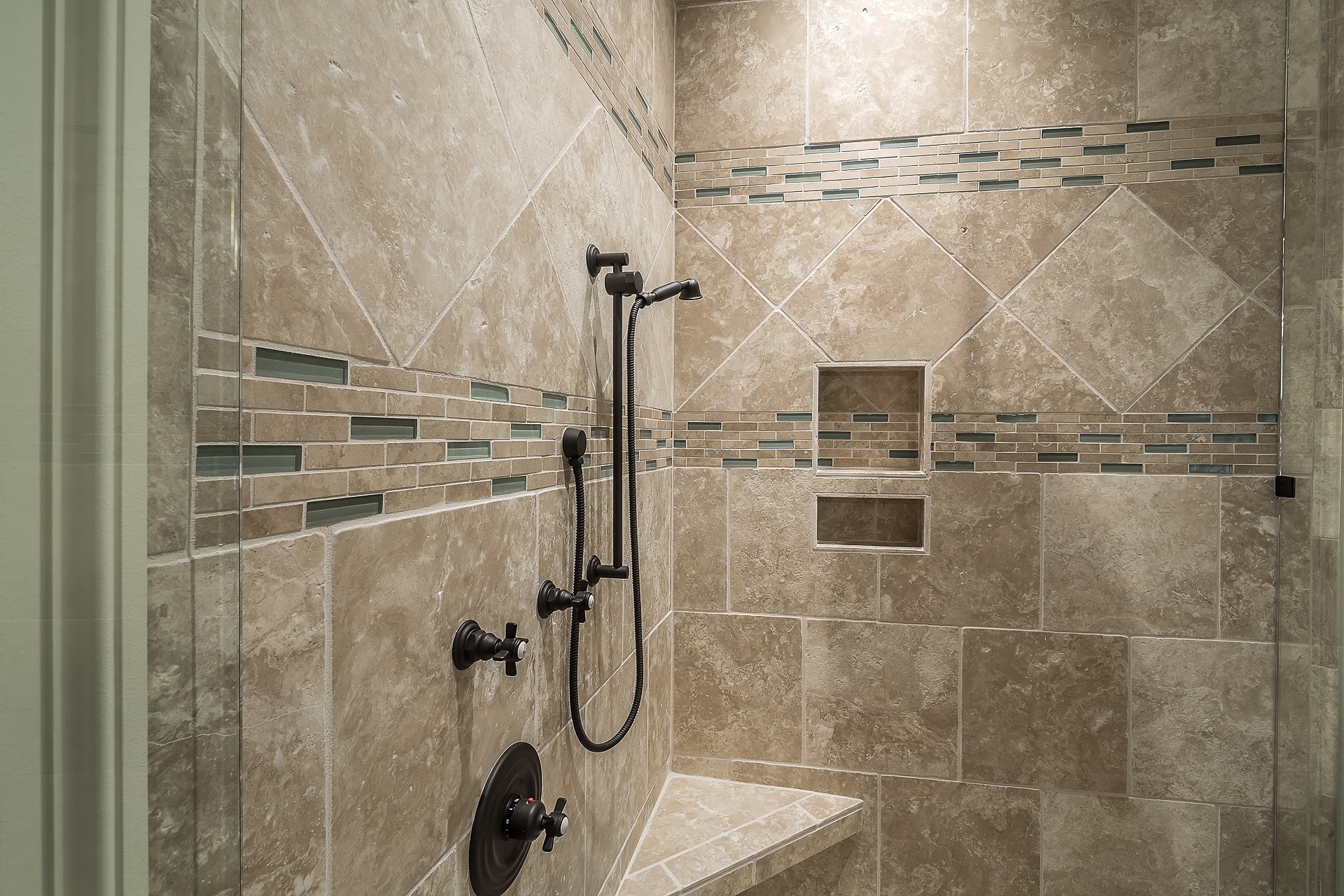Smart ventilation and heating combos for humidity control
Combining practical ventilation with targeted heating reduces humidity, protects finishes, and improves comfort. This article explains how coordinated systems work with fixtures, tiling, and plumbing to limit condensation and support long-term waterproofing.

Controlling humidity in a bathroom requires coordinated strategies rather than single, isolated components. Effective combinations of ventilation and heating limit condensation, protect grout and tiling, reduce the risk of mold on fixtures and vanities, and support waterproofing and insulation over time. Thoughtful integration also helps drainage perform reliably and can support accessibility and sustainability goals during renovation.
How does ventilation affect humidity and waterproofing?
Mechanical ventilation removes moist air at its source and is the first line of defense against persistent humidity. Fans sized for the room’s volume and rated for continuous or timed operation can cut drying time for wet surfaces and reduce stress on waterproofing membranes. Proper ducting to the exterior prevents moisture recirculation and avoids condensation inside walls. In new or renovated spaces, pair ventilation planning with insulation and careful sealing around fixtures to prevent warm, moist air from reaching cold surfaces where water would condense.
Can heating combos protect fixtures and grout?
Targeted heating—like low-level radiant floor systems or wall-mounted panels—keeps surfaces warmer and reduces relative humidity at finish surfaces, which helps grout and tiling stay dry. When floors or walls are consistently warmer than the surrounding air, condensation on tiles and grout is less likely to form, reducing staining and degradation. Choose heating options that are compatible with existing fixtures and underfloor waterproofing layers, and ensure electrical or hydronic installations meet local codes and plumbing integration requirements.
What role do insulation and drainage play?
Insulation controls temperature differentials that drive condensation. Adding or upgrading wall and ceiling insulation around bathrooms reduces cold spots and complements ventilation and heating efforts. Effective drainage—floor slopes, properly installed drains, and accessible plumbing access—removes water quickly and prevents pooling that can overwhelm ventilation. Combining improved insulation with adequate drainage lowers the overall moisture load and reduces dependence on continuous high-power ventilation.
How should faucets, plumbing, and tiling be considered?
Plumbing choices and faucet flow rates influence how much moisture is introduced per use. Lower-flow faucets and showerheads can reduce steam generation without compromising function. Tiling and grout selections matter for moisture management: dense, well-bonded tiles with low-porosity grout and properly executed waterproofing layers help keep water where it belongs. During renovation, coordinate plumbing routing and fixture placement with ventilation outlets so steam-producing zones have direct airflow paths to exhaust fans.
How do vanity, lighting, storage, accessibility, interact?
Vanities, storage niches, and lighting placements can create pockets where humid air lingers. Avoid closed storage immediately adjacent to wet zones unless cabinets are ventilated or located above the typical splash line. Lighting choices that emit less heat reduce thermal gradients that can encourage condensation; conversely, gentle warmth from specific fixtures can help dry surfaces if designed intentionally. Accessibility considerations—such as open-front shelving, reachable ventilation controls, and slip-resistant flooring—should be integrated so humidity-control measures are usable by all residents.
How can renovation choices support sustainability and long-term control?
During a renovation, prioritize systems that work together: select energy-efficient ventilation with humidity sensors that modulate runtime, and pair them with low-energy heating solutions like efficient heat pumps or zoned electric radiant systems. Sustainable materials—moisture-resistant backer boards, low-VOC sealants, and durable grout—reduce maintenance and replacement frequency. Properly sized and commissioned systems minimize wasted energy while maintaining healthy indoor conditions, supporting both durability and sustainability targets throughout the life of the bathroom.
Conclusion Smart humidity control comes from combining the right ventilation and heating strategies with good design choices for fixtures, tiling, plumbing, insulation, and drainage. Coordinating these elements during planning or renovation preserves finishes, improves comfort, and supports accessibility and sustainability. Consistent attention to installation details and system commissioning ensures the combination functions reliably over time.





